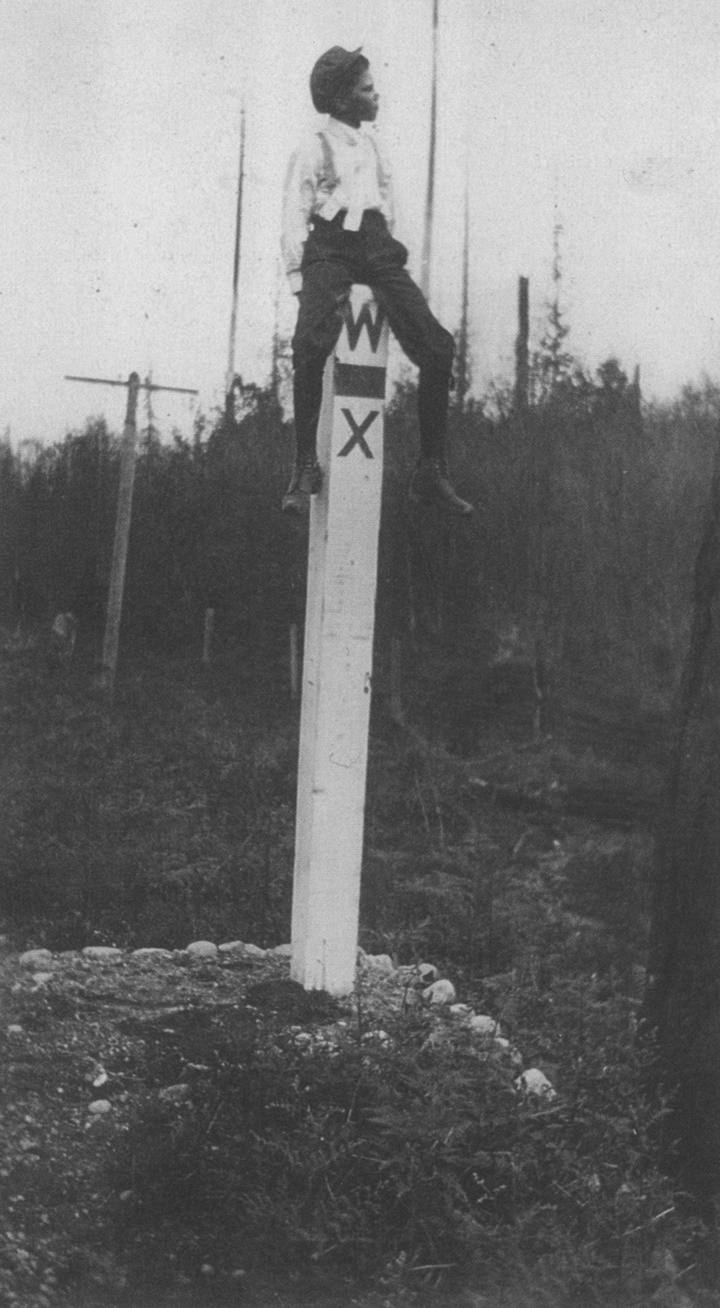Important events, eras, places, buildings, and people that made the Township of Langley what it is today have been documented in a concise statement that thematically tells Langley’s unique story.
Our Shared History, a historic context statement and thematic framework for the Township of Langley, was created over the past year under the direction of a task force selected by the Township’s Heritage Advisory Committee.
The process of preparing the documents has involved extensive research and public consultation. Local residents contributed to the project by sharing their perspectives and reflections on Langley through providing submissions, participating in workshop conversations, and offering input at an interactive open house earlier this year.
The document will be used to as a tool for understanding, identifying, and assessing Langley’s historic sites based on where their significance lies within the greater community context.
“Our Shared History is a concise statement on how we developed over time, and not a written history in itself,” said Township of Langley heritage planner Elaine Horricks.
“Instead, it looks at the themes and events that have been instrumental in defining the Township’s evolution, and lists the historic places that reflect these themes.”
The historic context statement explores and provides a chronological summary of the major geographical, political, and socio-economic factors and events that contributed to Langley’s development. The statement features chapters on Langley’s natural geographical setting, its enduring First Nations presence, the ‘Contact’ period and establishment of the Hudson’s Bay Company, the development of British Columbia as a Crown colony, Canadian confederation, and municipal incorporation.
The Great Western Boom, the First and Second World Wars, Post-war Langley, and Langley as it is today are also featured.
The thematic framework explores the themes identified in the historic context statement by breaking them down under five key categories identified in the Parks Canada National Historic Sites System Plan and adapted for Langley Township. Themes include habitation, economies, governance, society, and the arts.
To explore Our Shared History, visit tol.ca/oursharedhistory.
The sub-theme of Community Development and the rich social, cultural, and architectural history that is reflected in Langley’s diverse communities is featured in Theme 1: Habitation in the newly completed document Our Shared History.
ALDERGROVE
The advent of the Yale Road led to the development of a hamlet where the Yale Road met the trail to the United States.
The crossroads became known as Shortreed’s Corners, and was named after Robert Jr. and Duncan Shortreed, brothers from Ontario who operated a general store. The Shortreed family was instrumental in the homesteading of this area, and settled on several adjacent quarter sections.
The new settlement featured a general store and post office, and the Township’s first Custom’s office (in the home of settler William Vanetta), and was later known as ‘Alder Grove’ – a name suggested by George Bruskey due to the plentitude of alder trees in the area. Alder Grove Post Office was established October 1, 1885. Pioneer families like Ross, Vannetta, Poppy, and Jackman brought livestock and seed and farmed this fertile area.
Residential development was accelerated through the efforts of F.J. Hart & Company Ltd., of New Westminster, and the Western Home & Improvement Company Ltd., which speculated in subdivided lots, and widely advertised the merits of the Aldergrove area. In the book, Apple Lands of Aldergrove, published by the London-based F.J. Hart and Co. Ltd., circa 1910, the viability of farming in this area was described in glowing detail: “The soil in Aldergrove is the same almost-magical clay loam which met the requirements of those tested old pioneers (at the HBC).”
One of only two stops of the Great Northern Railway in Langley was at Aldergrove, and it was the presence of this railway that hastened the growth of the district.
Logging companies began to lease huge timber holdings, knowing that spurs (known as ‘shoeflies’) could be run to their camps from the Great Northern line, which encouraged the development of a commercial centre at Aldergrove.
Metro Vancouver has established Aldergrove Regional Park, which straddles the border with Abbotsford and contains several significant heritage buildings.
The Aldergrove community today remains a distinct commercial and residential area, and also retains an international border crossing.
